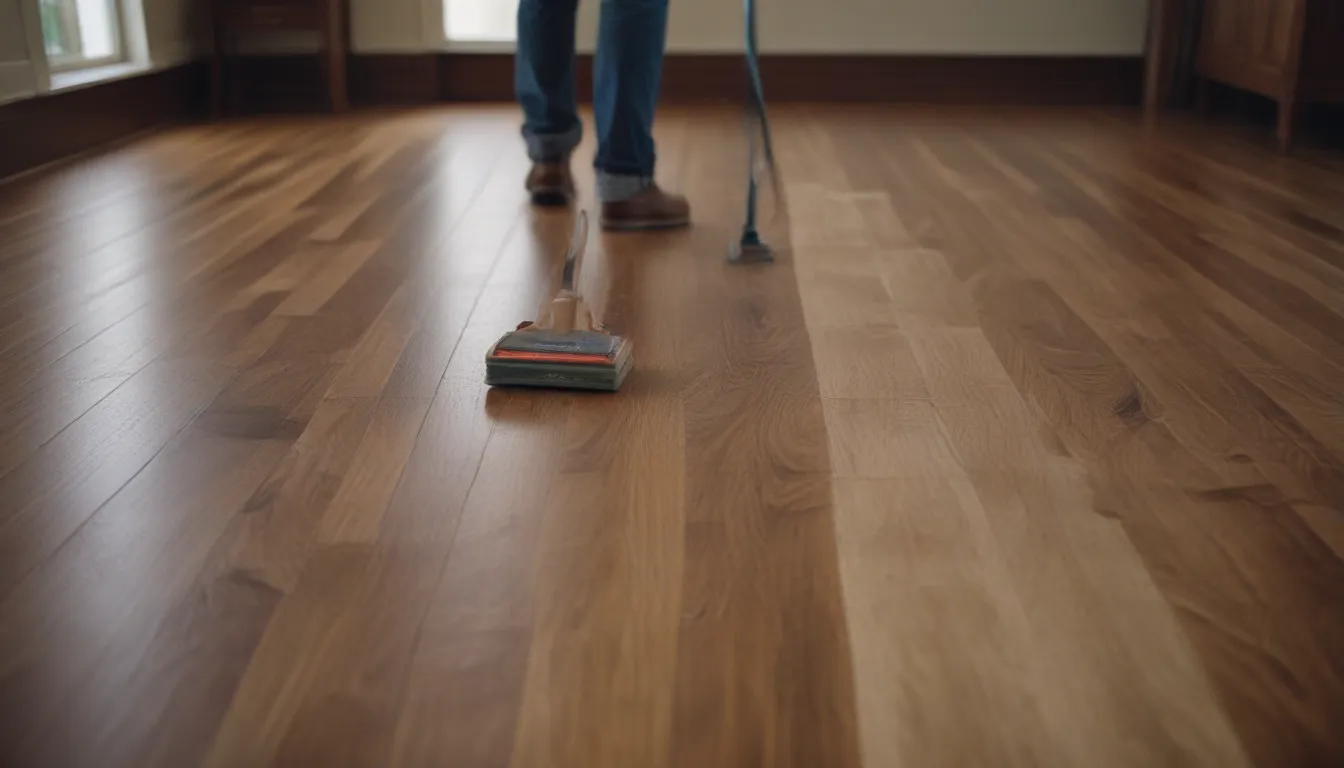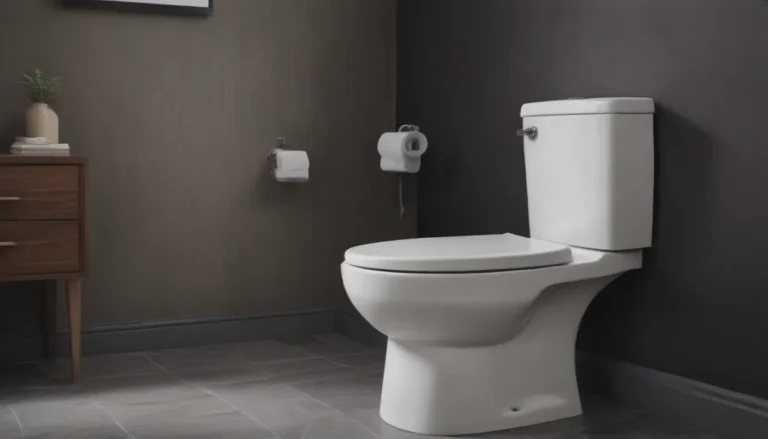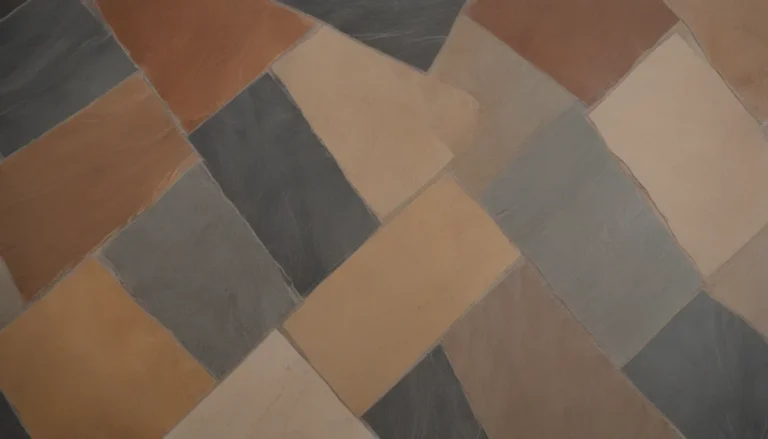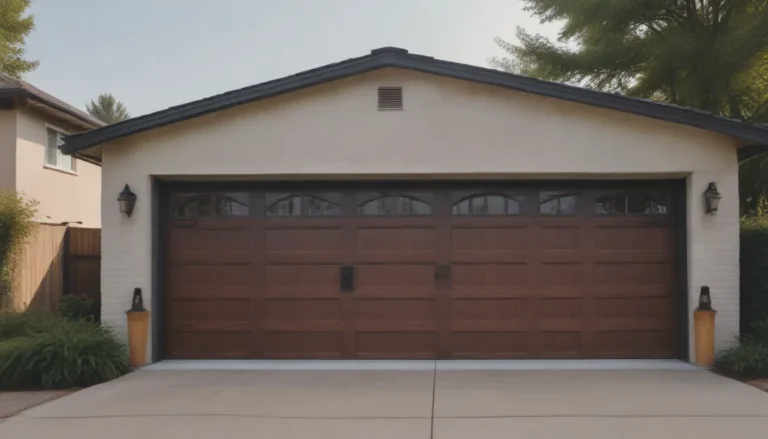How to Choose and Use the Right Sanders for Hardwood Floor Refinishing

If you’re a proud owner of a solid hardwood floor, chances are you’ll need to refinish it at some point to maintain its beauty. Refinishing hardwood floors involves various steps, including sanding, staining, and top-coating. Sanding, in particular, is a crucial step in the process, as it helps to remove imperfections and prepare the surface for a new finish.
When it comes to sanding your hardwood floor, using the right tools is essential. Floor sanders are specially designed for this task and can make the job much easier and more efficient. While most homeowners may not have these specialized sanders in their arsenal, renting them is a cost-effective solution.
Why Use Sanders When Refinishing Hardwood Floors?
- Removes imperfections like stains, high spots, paint drips, and embedded dirt
- Prepares the surface for staining and coating
- Restores the natural beauty of the wood
- Helps to prolong the life of the floor
Drum Floor Sander
One of the most powerful tools for hardwood floor sanding is the drum floor sander. This large, heavy belt sander is operated while standing up and is designed to remove tough imperfections from the surface. The drum sander consists of a sander body, a large dust bag, and a drum where sanding belts are attached.
- Pros:
- Strongest floor sander available
- Can remove deeply embedded paint, stains
- Cons:
- Difficult to move due to its weight
- Potential of sanding too deeply into the wood
Orbital Vibrating Floor Sander
Another popular option for hardwood floor sanding is the orbital vibrating floor sander. This sander works by vibrating in tight circles instead of rotating like the drum sander. It is excellent for smoothing out the surface and achieving a fine finish.
- Pros:
- Easy to carry and move
- Versatile for different types of wood flooring
- Cons:
- Will not sand down deep scratches or stains
Edge Floor Sander
For hard-to-reach areas along the edges of the room, an edge floor sander is a handy tool to have. This small, hand-held sander is designed to reach areas that larger sanders cannot access, ensuring a uniform finish throughout the room.
- Pros:
- Ideal for reaching tight corners and edges
- More powerful than hand-held orbital sanders
- Cons:
- Requires additional care to avoid damaging the wood surface
Tips for Using Floor Sanders
- Always start with the coarsest sandpaper grit and gradually move to finer grits for a smooth finish.
- Make sure to wear protective gear, including goggles, a dust mask, and ear protection.
- Keep the sander moving at all times to avoid creating divots on the surface.
- Work in small sections and overlap each pass slightly for even sanding.
- Vacuum the floor thoroughly between sanding grits to remove dust and debris.
Floor Sander Safety
It’s important to prioritize safety when using floor sanders, as these machines operate at a higher capacity than most household tools. Follow these safety tips to protect yourself and ensure a successful refinishing project:
- Wear appropriate protective gear, including goggles, a dust mask, and ear protection.
- Keep the work area well-ventilated to prevent the buildup of dust and fumes.
- Follow the manufacturer’s instructions for operating the sander and changing sandpaper.
- Keep children and pets away from the work area to avoid accidents.
By choosing the right sanders and following proper safety measures, you can achieve professional results when refinishing your hardwood floors. Remember to take your time, work methodically, and enjoy the process of restoring your beautiful wood floors to their former glory.





